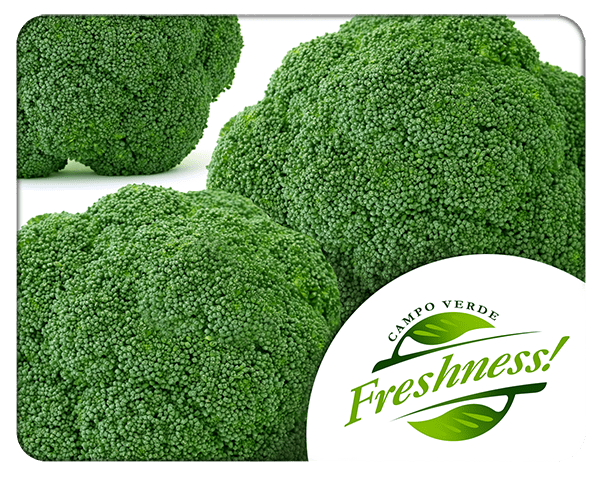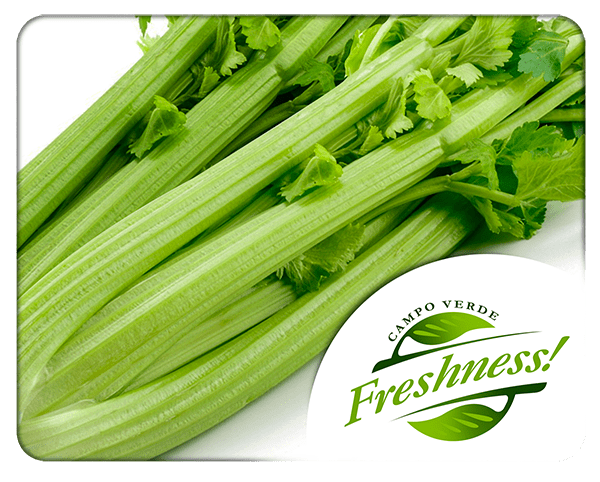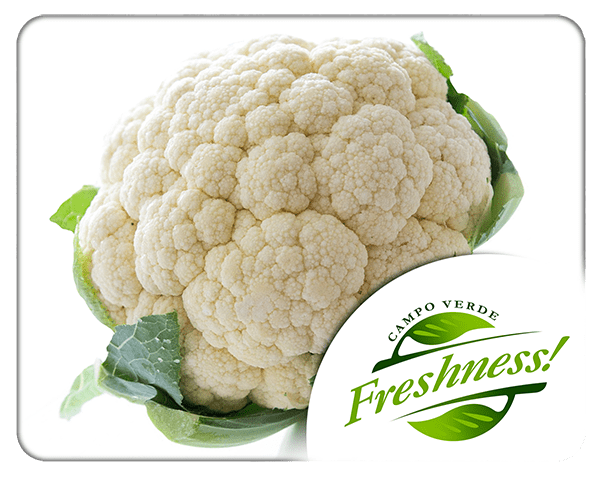
Carrots
Daucus carota subsp. Sativus, popularly called carrot, is a vegetable belonging to the Umbelliferae family, also known as apiaceae, and considered the most important and most consumed species within this family. It is the domesticated form of the wild carrot, native of Europe and South-West Asia. It is grown for its much larger, tasty root and less fibrous texture, but it is still the same species. formerly called cruciferous. Other varieties of the same species are cabbage (B. o. Viridis), cauliflower (B. o.botrytis), rutabaga (B. o.caulorapa) and Brussels sprouts.

Brocoli
Brassica oleracea italica, broccoli, broccoli or broccoli, from the Latin brachium «arm» (through Italian broccoli), is a plant of the Brasiliaceae family, formerly called cruciferous. Other varieties of the same species are cabbage (B. o. Viridis), cauliflower (B. o.botrytis), rutabaga (B. o.caulorapa) and Brussels sprouts (B. o.gemmifera). The so-called Chinese broccoli (B. o.alboglabra) is also a variety of Brassica oleracea.

Celery
Celery (Apium graveolens) is a plant species belonging to the Apiaceae family, formerly known as Umbelliferae. It has striated stems that form a thick stalk with minted leaves. The whole plant has a strong pungent flavor, that is, sour. Although the whitening of the stems in the crop causes them to lose these qualities, acquiring a sweeter flavor and the characteristic aroma that when tasted has a different flavor which makes it a good ingredient in salads and soups..

Cauliflower
Cauliflower is a variety of the species Brassica oleracea, in the group of cultivars Botrytis of the Brassicaceae family. It reproduces by seeds. It is an annual plant, but it is at its best between the months of September and January in the Northern Hemisphere, although it is available throughout the year. It contains many phytochemical elements, some of which, like sulfur compounds, especially dimethylsulfide and trimethylsulfide, give off a strong smell during cooking.